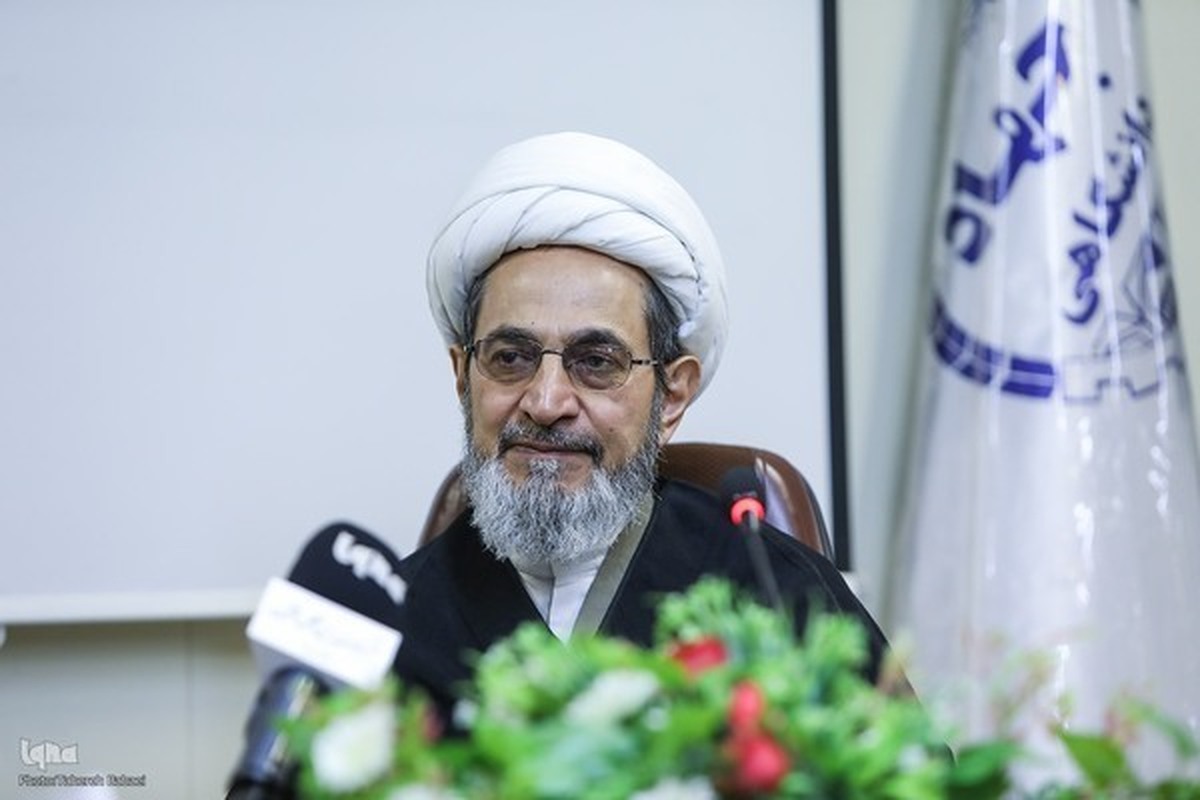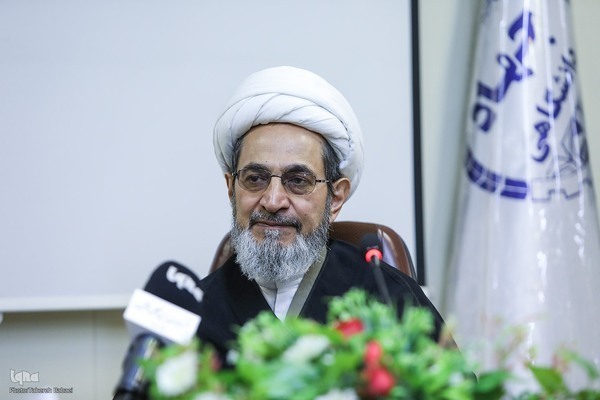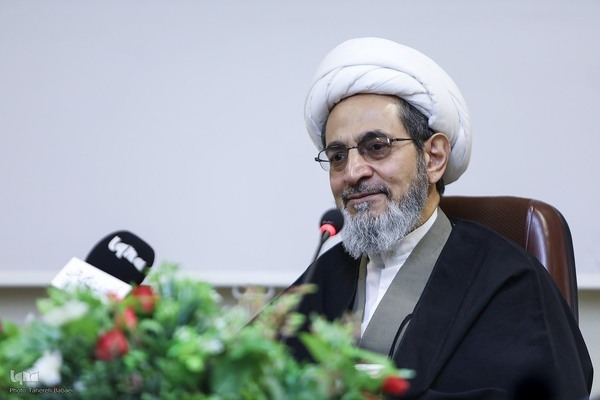Former Envoy Calls Interfaith Dialogue A Form of Art


“The dialogue between Islam and Christianity is not merely about getting to know one’s own religion and that of the other. Rather, it is entirely technical and even an art form that requires careful consideration of its essentials,” Hojat-ol-Islam Mohammad Masjedjamei told IQNA in an interview.
Hojat-ol-Islam Masjedjamei is a PhD graduate of geopolitics from the University of Pisa in Italy. He has also studied Islamic Fiqh.
He is a faculty member of the Faculty of International Relations at Iran’s Ministry of Foreign Affairs and serves as a senior advisor and lecturer at the University of Religions and Denominations in Qom. He has published numerous books and papers, including the book “Christians and the Modern Era: Culture, Politics, and Diplomacy”.

In his interview with IQNA, he said there are many issues when it comes to interfaith dialogue between Islam and Christianity, adding that the most important one is that there are very few individuals on both sides who can conduct the dialogue in a technical and appropriate manner.
He also said that the way the dialogue is conducted with Christians in the Middle East, Orthodox Christians from Russia, Serbia, Romania, or Greece, as well as Catholic Christians in each country, varies significantly.
If there is to be active, appropriate, and good-willed communication, relationships must be differentiated. For instance, the nature of dialogue with the Armenian, Coptic, and Georgian churches should be distinct from the type of conversation held with Catholics in Germany.
“Also, Iran’s religious dialogue with Christianity is different from that of Indonesia and Senegal. To achieve a successful and active dialogue, these differences and diversities must be taken into account to yield positive and acceptable outcomes.”
Read More:
Asked about the ties between Iran and the Vatican, Hojat-ol-Islam Masjedjamei said the Vatican holds a symbolic significance for Muslim countries, especially Iran, and its relationship with this religious institution reflects many underlying issues.
“The importance and deeper meanings of engaging with the Vatican are unmatched by any other country, as Iran is the center of Shia Islam. Conversely, the Vatican is also keen to maintain a good relationship with Iran.”
As for Iran’s interactions with Christians, the cleric said that historically, Iran has been one of the important centers of Christianity.
“Even before Christianity was officially recognized, and during the early centuries when Christians were persecuted and tortured, many Iranians converted to Christianity and were martyred, as described in Christian tradition. In fact, we know of at least seven Iranian Christian martyrs who were killed in the city of Rome before Christianity was officially acknowledged.

“Christianity spread through Iran to regions such as India, East Asia, and China, establishing a historical connection between Iran and Christianity from the very beginning. Although there were periods of persecution against Christians during the Sassanid era, they later found many opportunities, and many wives of Sassanid kings were Christians. The Jundishapur University, founded during the Sassanid period and an important institution, had numerous Christian professors.
Read More:
“After the advent of Islam, our relations with Christians continued, and they are part of our history. From the Safavid era, interactions with European Christians entered Iran’s foreign policy, a trend that continued during the reign of Nader Shah and the Qajar dynasty. There has been a strong connection between Iran and Christianity both before and after the advent of Islam, as well as in contemporary times.”
4261143



